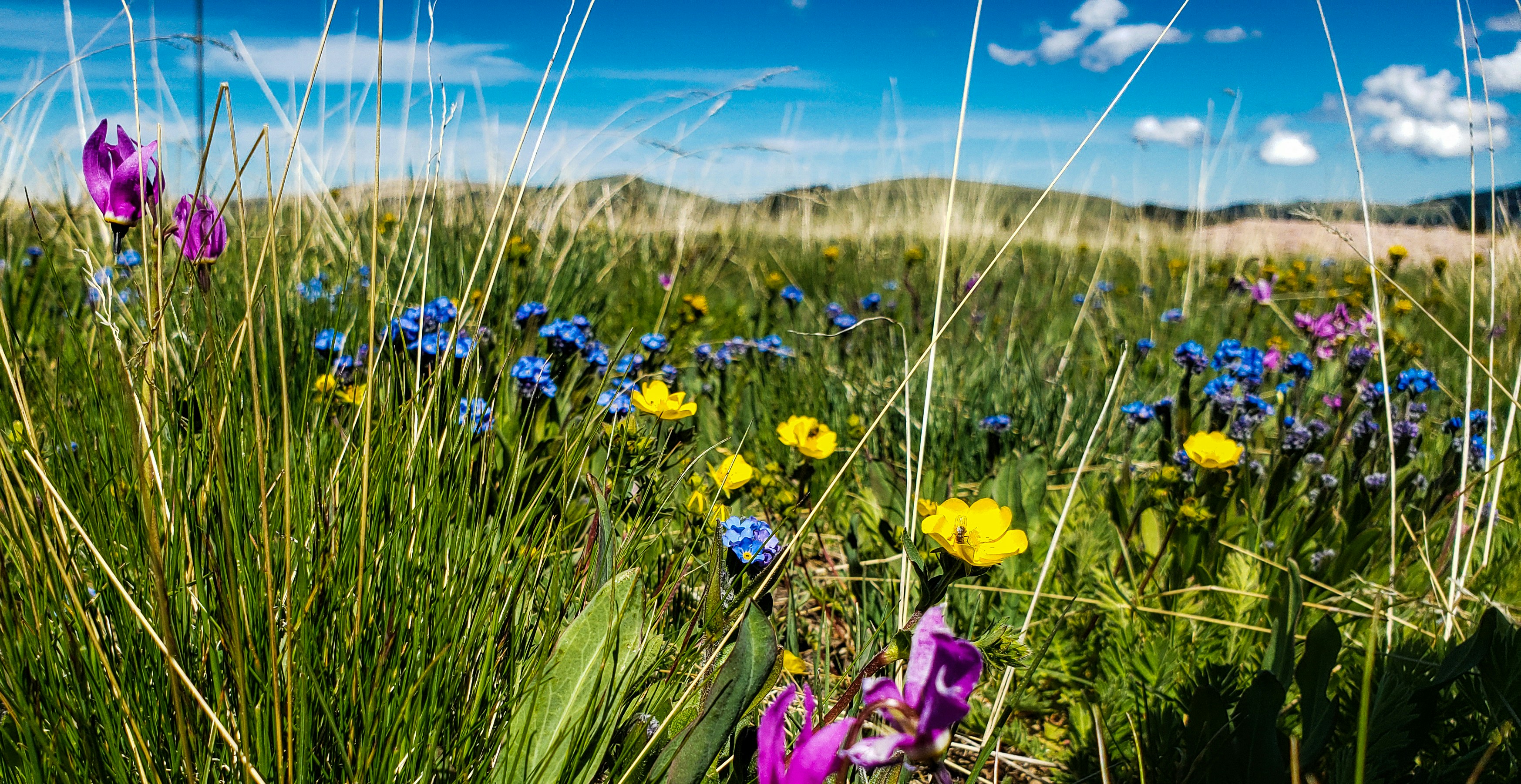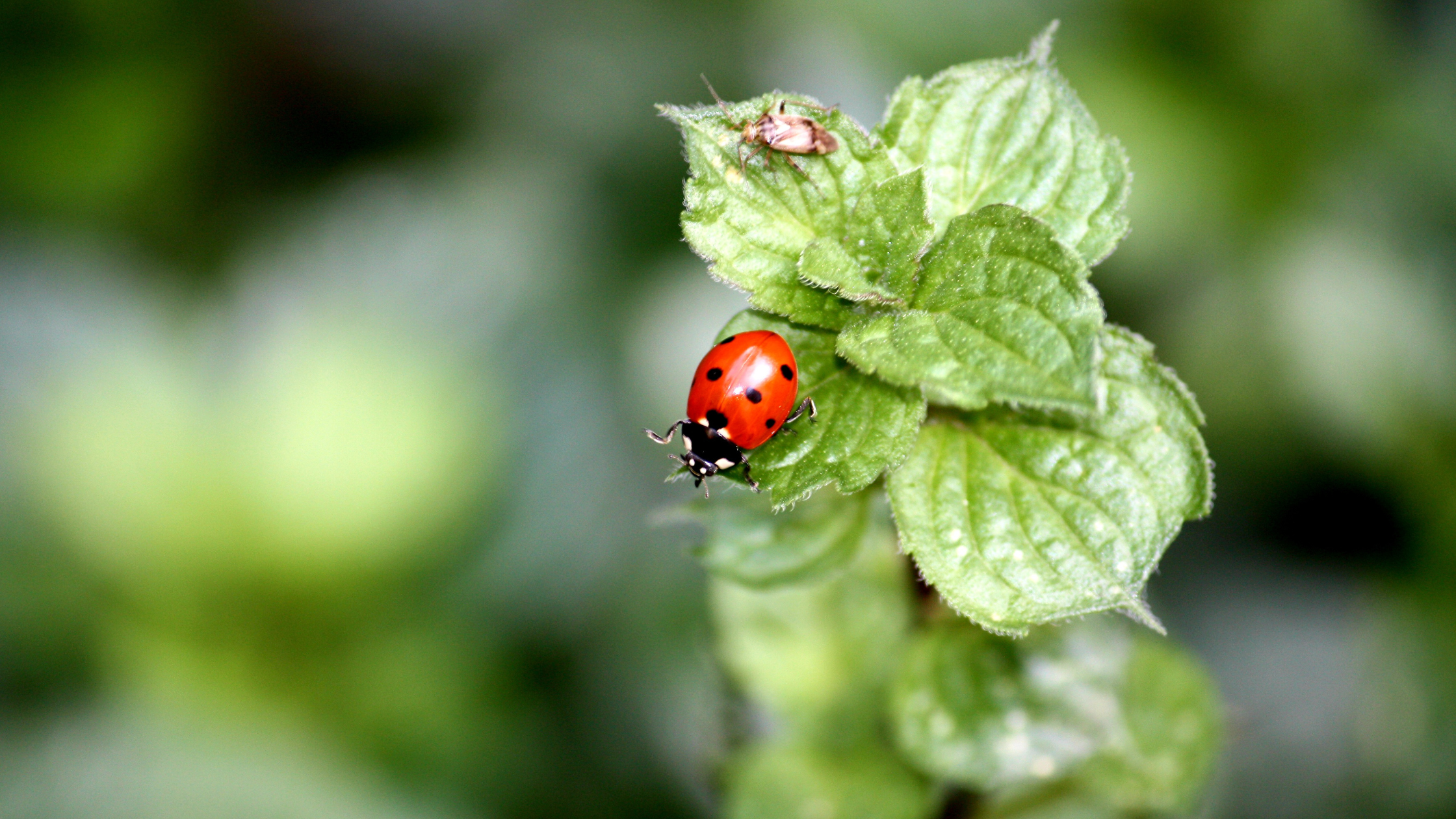Agriculture feeds the world, but conventional farming has often come at a cost to soils, water, and biodiversity. As ecosystems weaken under the combined pressures of climate change and intensive land use, a growing number of farmers and businesses are turning to regenerative agriculture.
Unlike approaches that aim only to reduce harm, regenerative agriculture actively restores ecosystems. It improves soil health, supports biodiversity, and strengthens the resilience of farming systems. For companies navigating supply chain risks and new reporting requirements, regenerative agriculture also offers a credible pathway to nature-positive impact.
Yet regenerative does not automatically mean good for nature. Many regenerative programs focus on soil or carbon outcomes, but without measuring biodiversity, it’s hard to know if life is truly returning to the land. Bringing biodiversity to the table means ensuring that these practices support the full web of life, not just one environmental metric.
The role of biodiversity in farming systems
Healthy farms are biodiverse farms. Insects, plants, fungi, and soil organisms provide critical services:
- Pollination for crops like fruits, vegetables, and coffee
- Nutrient cycling through soil microbes and decomposers
- Pest control from natural predators
- Climate regulation through carbon storage in soils and vegetation
When biodiversity declines, farms become more vulnerable to pests, diseases, and extreme weather. Yields fall, input costs rise, and long-term food security is threatened. Biodiversity is the foundation of ecosystem stability and agricultural resilience.
Practices that restore ecosystems
Regenerative agriculture introduces practices that can rebuild this balance. Key examples include:
Cover cropping: Planting cover crops reduces erosion, enriches soil organic matter, and supports insect and microbial diversity.
Crop rotation: Alternating crops prevents nutrient depletion and disrupts pest cycles.
Reduced tillage: Protects soil structure, preserves carbon stocks, and maintains habitats for soil organisms.
Agroforestry and managed grazing: Integrating trees and livestock strengthens ecological balance, increases carbon sequestration, and diversifies income streams.
These practices not only improve soil fertility and water retention, they also create conditions where insects and other species can thrive.
These practices create conditions for biodiversity to thrive, but only if they’re designed and monitored with ecosystem health in mind. A farm can increase soil carbon and still lose pollinators or beneficial insects if habitat complexity is missing. That’s why regenerative agriculture and biodiversity monitoring must go hand in hand.
From intention to evidence: measuring biodiversity impact
One of the challenges of regenerative agriculture is demonstrating its outcomes. Farmers, buyers, and regulators all need data on whether biodiversity and ecosystem health are improving. Traditional biodiversity surveys are resource-intensive and inconsistent.
New technologies provide solutions. In-field sensors, for example, can continuously monitor insect activity as a proxy for ecosystem health. These tools make it possible to measure regenerative outcomes in real time and report them with confidence.
For companies subject to CSRD reporting requirements, such credible data is vital. It enables them to demonstrate compliance, track progress toward sustainability targets, and build trust with investors and consumers.

Business value and resilience
Regenerative agriculture, supported by biodiversity intelligence, delivers both ecological and commercial value:
- It reduces reliance on expensive synthetic inputs by building natural soil fertility.
- It strengthens supply chain resilience by protecting yields against climate and pest shocks.
- It supports corporate commitments to ESG, CSR, and biodiversity disclosure.
- It enhances brand reputation by demonstrating nature-positive impact that consumers increasingly expect.
- When linked to carbon and biodiversity credits, regenerative agriculture can also generate new revenue streams, rewarding land stewards for the ecological services they provide.
Farming for the future
Regenerative agriculture shows how biodiversity and business can align, but only when biodiversity is measured, validated, and valued. Practices restore the land and biodiversity data confirms the recovery.
At evolito, we help bring biodiversity to the discussion: transforming nature’s complexity into actionable insights that build trust, improve transparency, and create tangible value across the agricultural value chain.
With the right tools and collaboration, farming can move from reducing harm to actively restoring life.
References
Royal Society. Why is biodiversity important?
Biological Diversity & Nature.com. Biodiversity and ecosystem stability
Global Forest Watch & JOVE. How scientists measure biodiversity
USGS. Carbon sequestration and climate regulation
European Commission. Corporate Sustainability Reporting Directive (CSRD)
PwC, GreenBiz, Nori. Blended carbon credits and biodiversity integration








